Operated by the Roberts family of Amelia, this farm is home to a herd of beef heifers, cows, and their calves. It is one of the many “cow-calf” operations that contribute to Virginia’s inventory of nearly 1.5 million cattle and calves. In fact, the cattle industry is ranked second-highest in the state, standing just behind broilers which bring the highest value in receipts. What many people do not know, however, is that not all beef producers in this area make a living raising cattle all the way from birth to harvest. In fact, cattle production is often divided into stages, and in the conventional industry different types of farms may specialize in different stages of cattle management.
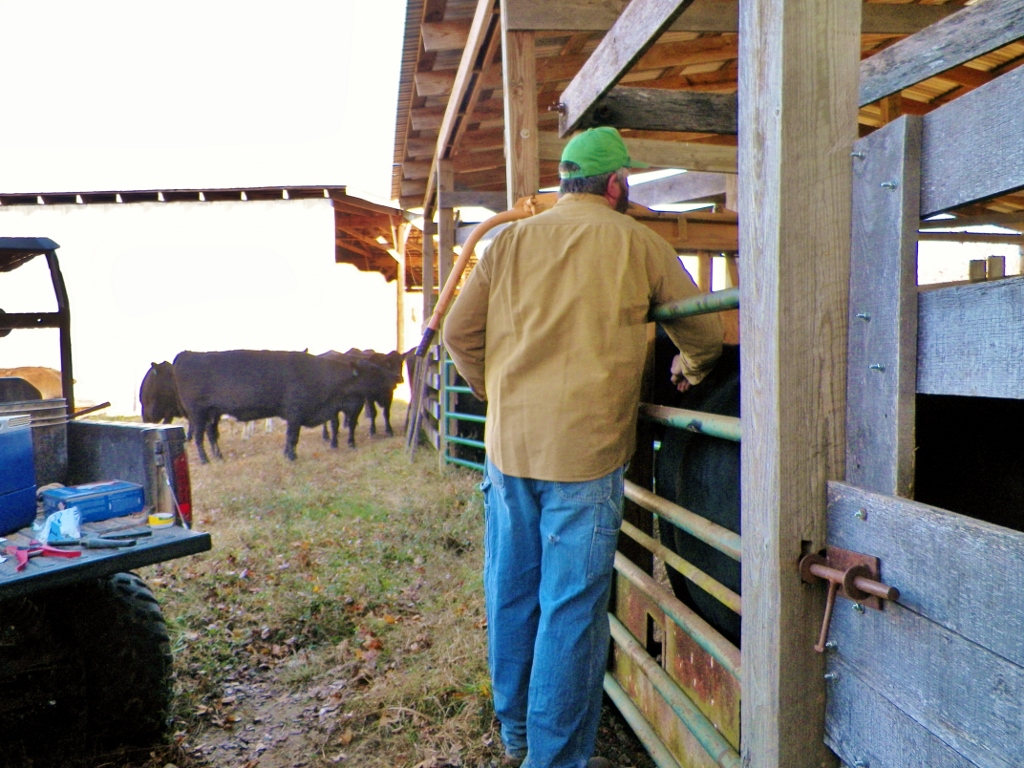 All beef animals start out as calves, but before the calf comes the brood cow. Left to her own devices, a good female can raise a healthy calf if she is provided with pasture or hay that meets her nutritional demands while she is pregnant and when the calf is nursing. In fact, raising heifers and cows that subsist on grass and hay is by far the most efficient management system. Furthermore, a forage-based system where cows graze year-round in the field promotes healthy rumens in cows, provides a clean calving environment, and mitigates contagious diseases that can worsen when very young animals are kept in tight quarters. Contrary to some misconceptions, most cows in a conventional commercial production system are only given some feed when nutritional needs cannot be completely met by forage, and calves spend seven or more months with their mothers in the field consuming milk and pasture before they are weaned. This is the calf production step of the beef industry; farms that specialize in maintaining cows for breeding and raising calves from birth to weaning are generalized as “cow-calf operations.”
All beef animals start out as calves, but before the calf comes the brood cow. Left to her own devices, a good female can raise a healthy calf if she is provided with pasture or hay that meets her nutritional demands while she is pregnant and when the calf is nursing. In fact, raising heifers and cows that subsist on grass and hay is by far the most efficient management system. Furthermore, a forage-based system where cows graze year-round in the field promotes healthy rumens in cows, provides a clean calving environment, and mitigates contagious diseases that can worsen when very young animals are kept in tight quarters. Contrary to some misconceptions, most cows in a conventional commercial production system are only given some feed when nutritional needs cannot be completely met by forage, and calves spend seven or more months with their mothers in the field consuming milk and pasture before they are weaned. This is the calf production step of the beef industry; farms that specialize in maintaining cows for breeding and raising calves from birth to weaning are generalized as “cow-calf operations.”
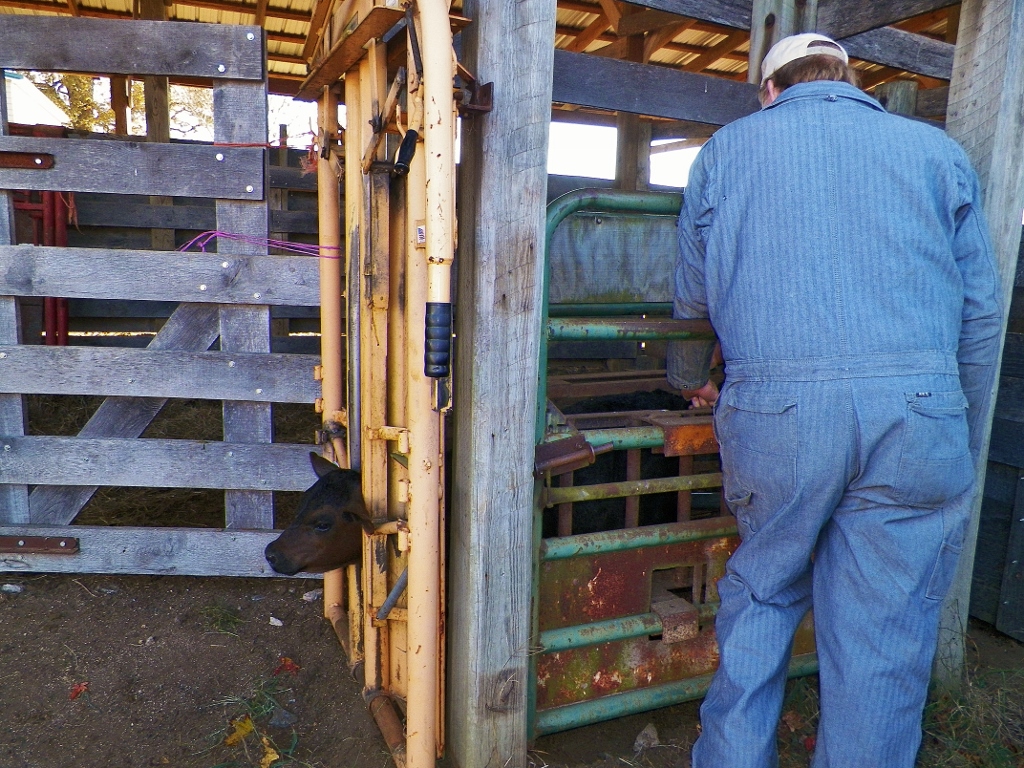 Weaned calves, now known as feeder cattle, may then go to a “backgrounder” or “stocker” operation. They may weigh several hundred pounds at weaning time on the cow-calf operation, but they may undergo a period of additional weight gain and adjustment to peer groups on a stocker operation. The final step is finishing, where cattle are fed to an appropriate weight and then processed for the wholesale and retail market. Virginia feeder cattle are often sent to states like Pennsylvania, Kansas, Iowa, and Ohio for finishing because these states offer an advantage in feed availability and processing.
Weaned calves, now known as feeder cattle, may then go to a “backgrounder” or “stocker” operation. They may weigh several hundred pounds at weaning time on the cow-calf operation, but they may undergo a period of additional weight gain and adjustment to peer groups on a stocker operation. The final step is finishing, where cattle are fed to an appropriate weight and then processed for the wholesale and retail market. Virginia feeder cattle are often sent to states like Pennsylvania, Kansas, Iowa, and Ohio for finishing because these states offer an advantage in feed availability and processing.
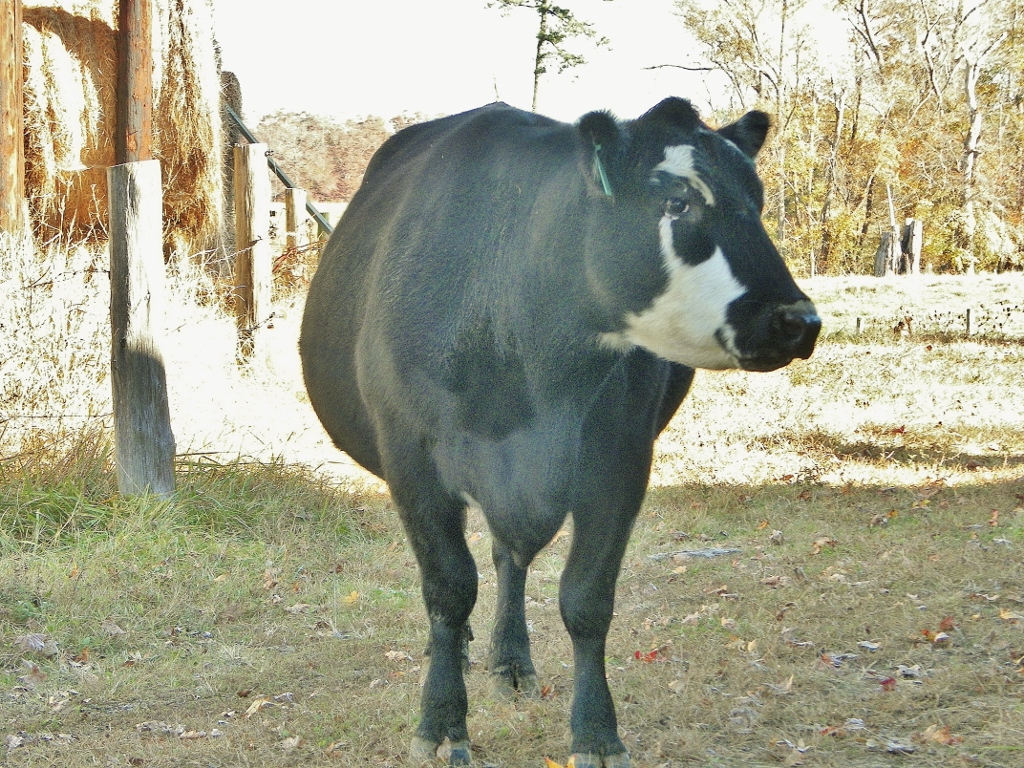 Although the commercial cow-calf, stocker, and finishing operation sequence is most common, there are exceptions. Farmers who sell directly to consumers at farmers markets and other venues may choose to raise animals from start to finish and take responsibility for processing and marketing. This system is most common on small direct-market operations located in proximity to large numbers of urban consumers. Other farms may specialize in producing purebred animals for high-quality breeding stock, and some may specialize in raising show cattle, heritage breeds, or hobby animals. These operations are far less common than conventional commercial operations due to the nature of their production and marketing needs.
Although the commercial cow-calf, stocker, and finishing operation sequence is most common, there are exceptions. Farmers who sell directly to consumers at farmers markets and other venues may choose to raise animals from start to finish and take responsibility for processing and marketing. This system is most common on small direct-market operations located in proximity to large numbers of urban consumers. Other farms may specialize in producing purebred animals for high-quality breeding stock, and some may specialize in raising show cattle, heritage breeds, or hobby animals. These operations are far less common than conventional commercial operations due to the nature of their production and marketing needs.
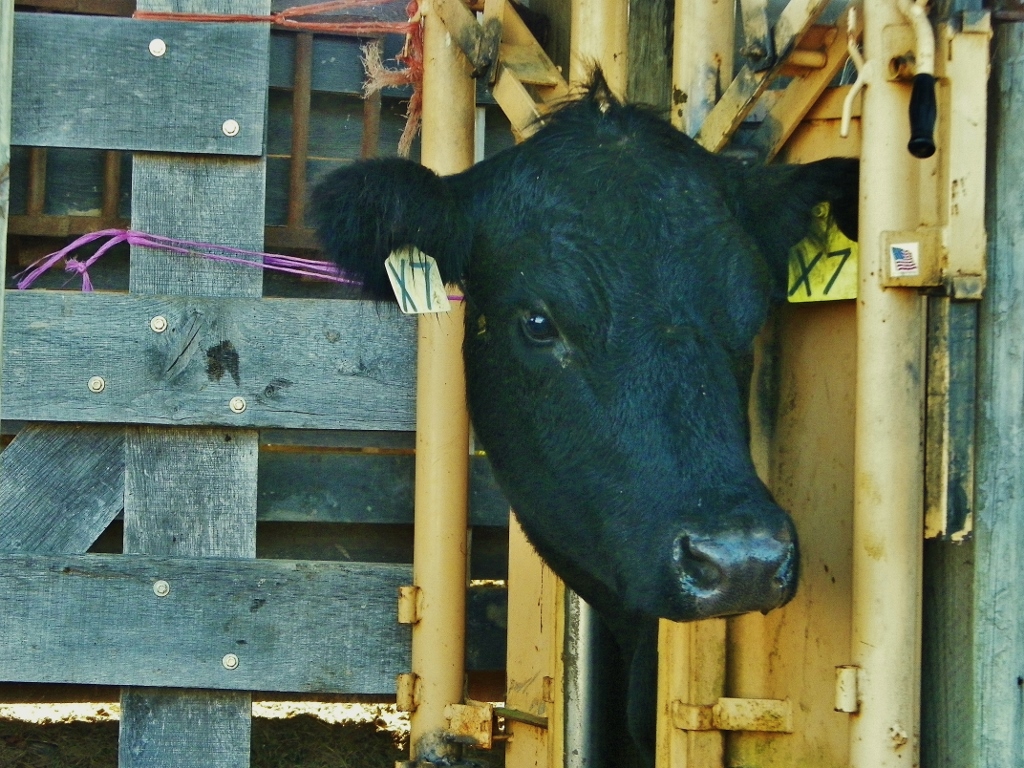 Virginia is fortunate to experience adequate rainfall during average years, and producers who manage their pastures diligently are capable of maintaining medium to high-quality forage for their animals nearly year-round. Amelia County, where Windy Springs Farm is situated, is no exception. In fact, crop production and cattle production overlap in Central Virginia where land is suitable for either use. Hence, Virginia has a reputation primarily as a cow-calf state and Windy Springs is one of many cow-calf operations in the region. Producers in this area often time breeding so that calves will be born in the fall of the year. However, some operations choose a spring calving season.
Virginia is fortunate to experience adequate rainfall during average years, and producers who manage their pastures diligently are capable of maintaining medium to high-quality forage for their animals nearly year-round. Amelia County, where Windy Springs Farm is situated, is no exception. In fact, crop production and cattle production overlap in Central Virginia where land is suitable for either use. Hence, Virginia has a reputation primarily as a cow-calf state and Windy Springs is one of many cow-calf operations in the region. Producers in this area often time breeding so that calves will be born in the fall of the year. However, some operations choose a spring calving season. 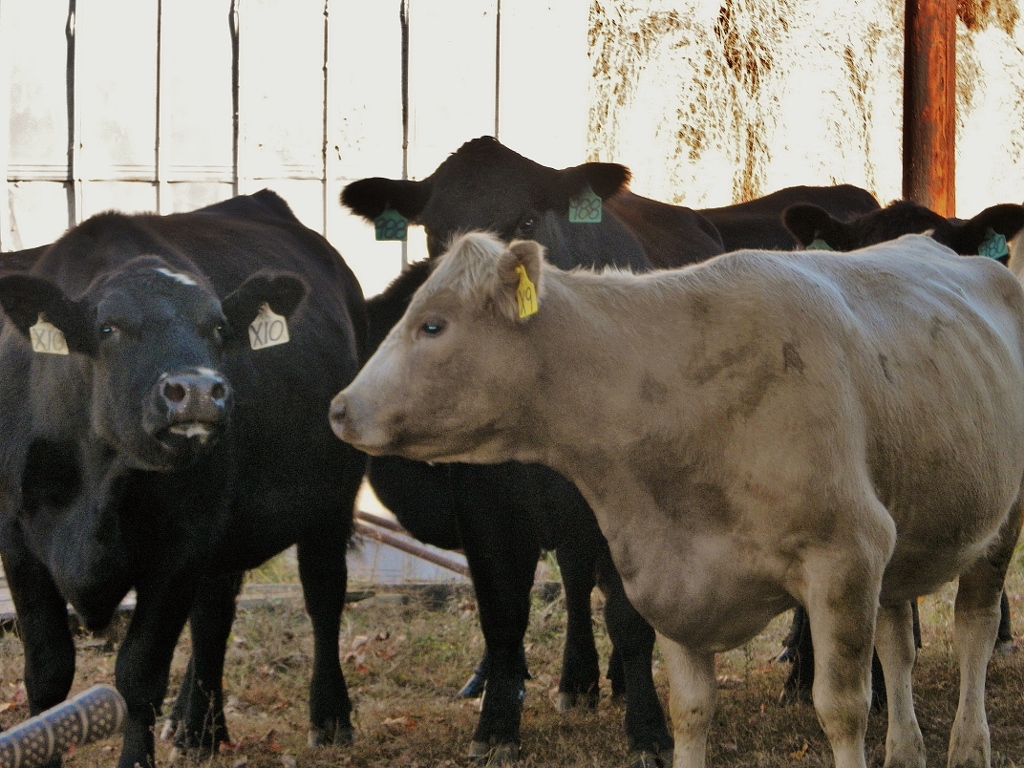
The Roberts family aims to have all of their heifers and cows calve around the same time so that each calf is at the same stage of growth as its peers. Why is this important? Cows and calves need treatments like vaccination and parasite control in order to remain healthy, grow properly, and prevent disease outbreaks. Windy Springs calves must also be tagged so that they can be identified and records can be made each time they are handled in the future. The herd must be brought through the farm’s handling facility for these tasks to be performed with minimal stress. If all calves within a group are approximately the same age, the whole group can receive certain health treatments at once. This allows the farm to be more efficient and reduces the number of times the animals must be handled.
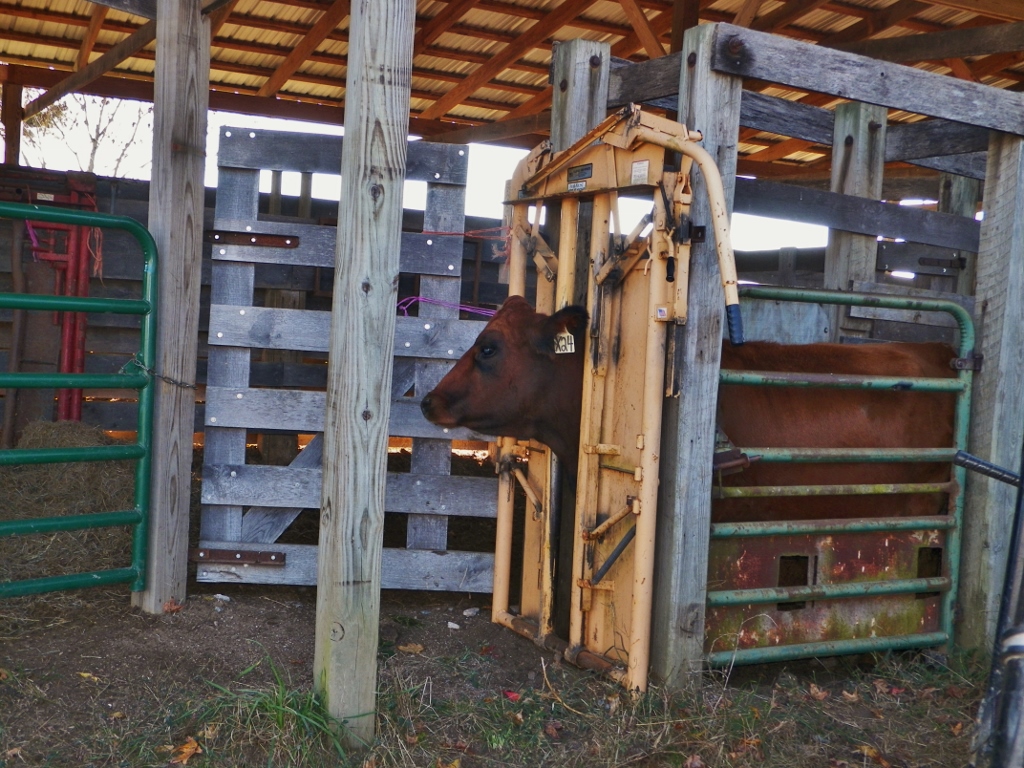
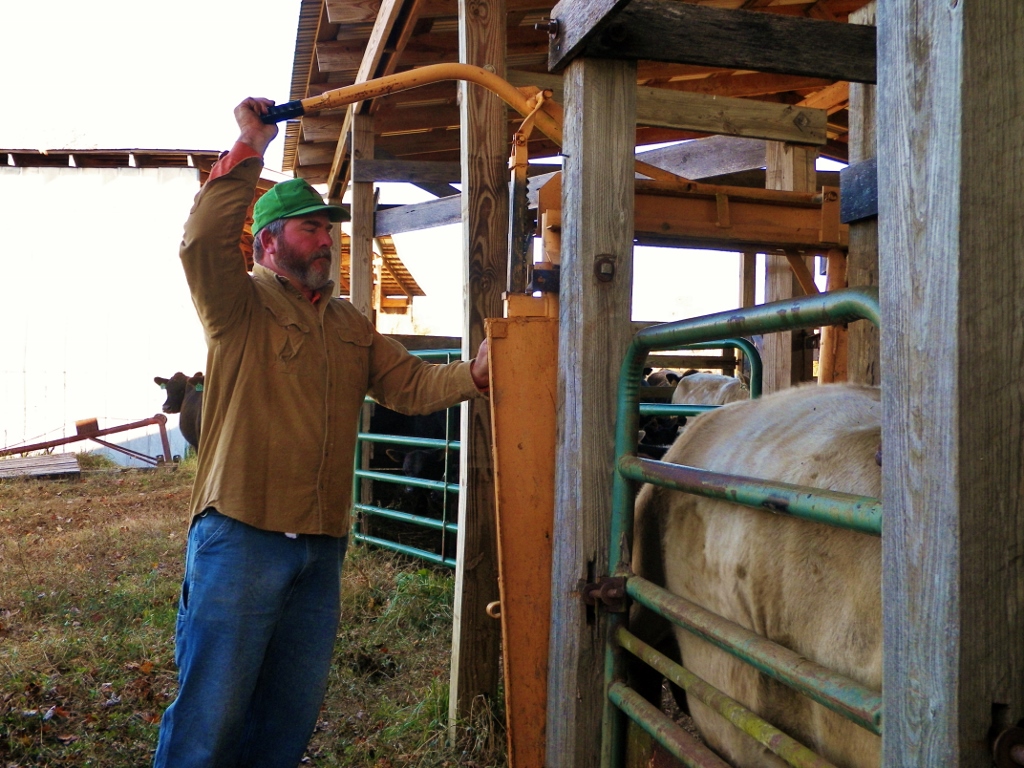 Windy Springs has a handling facility designed to minimize stress. Animals start in a group pen and are walked down an alley towards a chute and a head gate, which humanely stabilizes the animal while it is treated. Good handlers like Johnny and Lawson Roberts rarely keep animals in the head gate for more than a minute even when completing multi-step tasks, and some chores performed at certain times of the year can be completed in just seconds per animal. Cows have a herd mentality, so they follow their peers in line as they walk towards the chute and they rejoin the herd immediately in the pasture after they are treated. The end result is a vigorous crop of calves that will remain healthy later in life when they are transported to another operation or comingled with new peers. Windy Springs Farm, like many cow-calf operations, takes pride in maintaining a high-quality herd of cows and working long hours to raise calves that excel on the farm and provide a top-notch product for the consumer.
Windy Springs has a handling facility designed to minimize stress. Animals start in a group pen and are walked down an alley towards a chute and a head gate, which humanely stabilizes the animal while it is treated. Good handlers like Johnny and Lawson Roberts rarely keep animals in the head gate for more than a minute even when completing multi-step tasks, and some chores performed at certain times of the year can be completed in just seconds per animal. Cows have a herd mentality, so they follow their peers in line as they walk towards the chute and they rejoin the herd immediately in the pasture after they are treated. The end result is a vigorous crop of calves that will remain healthy later in life when they are transported to another operation or comingled with new peers. Windy Springs Farm, like many cow-calf operations, takes pride in maintaining a high-quality herd of cows and working long hours to raise calves that excel on the farm and provide a top-notch product for the consumer.
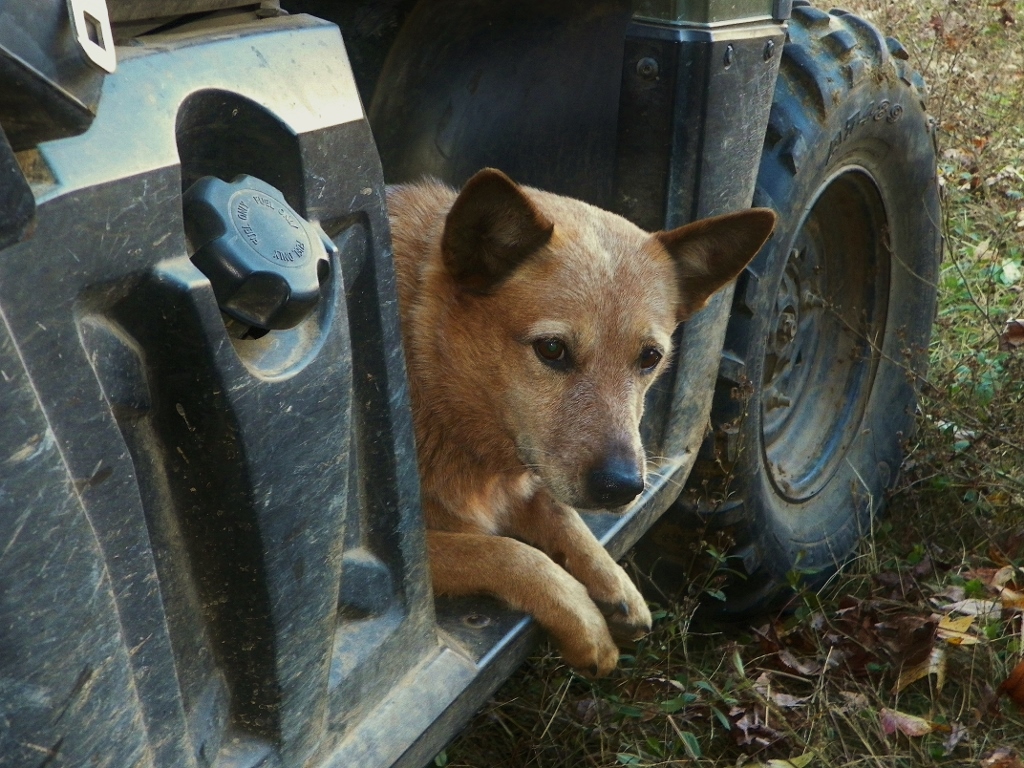 Additional Resources for Readers:
Additional Resources for Readers:
Getting Started in the Cattle Business in VA

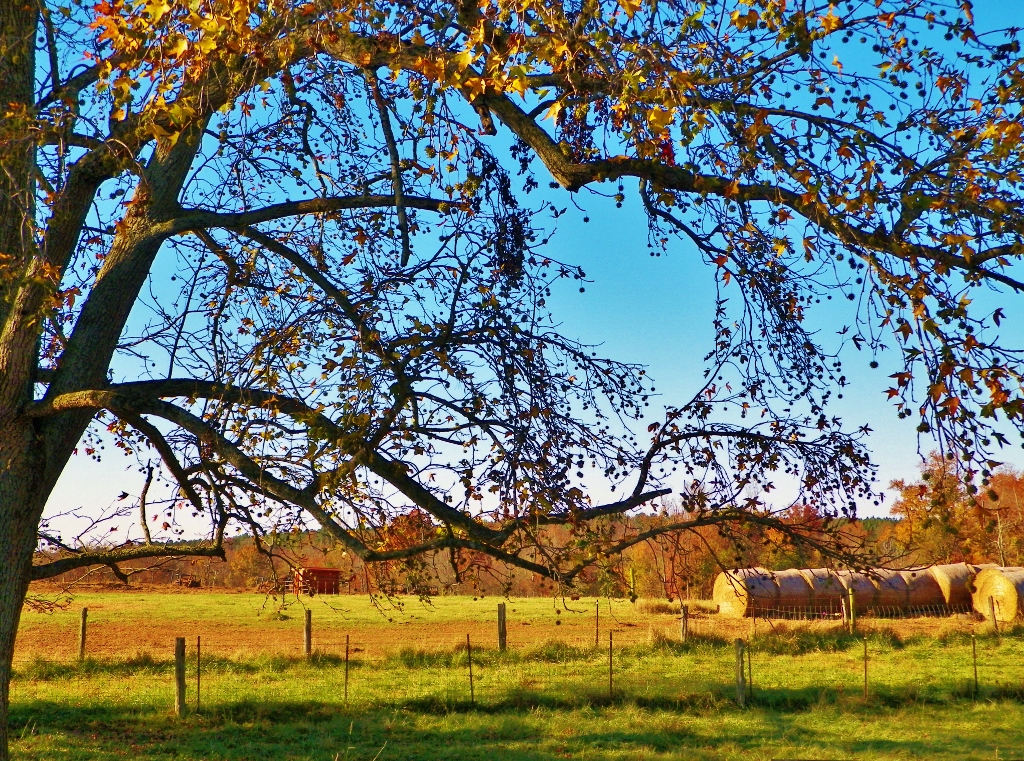
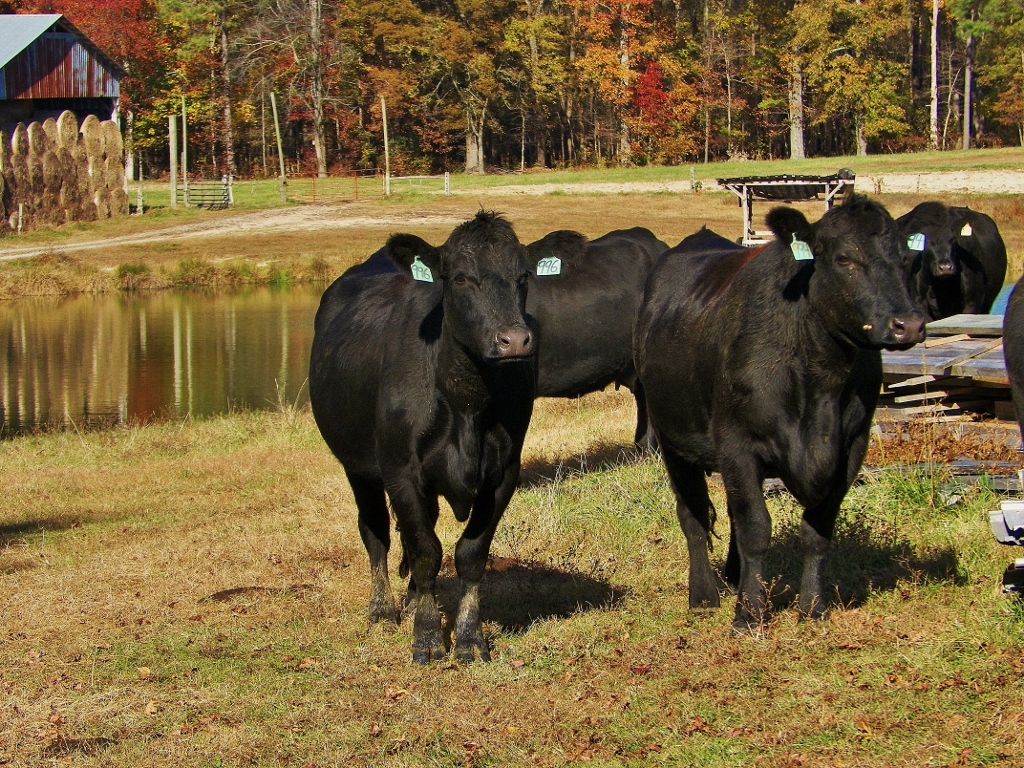
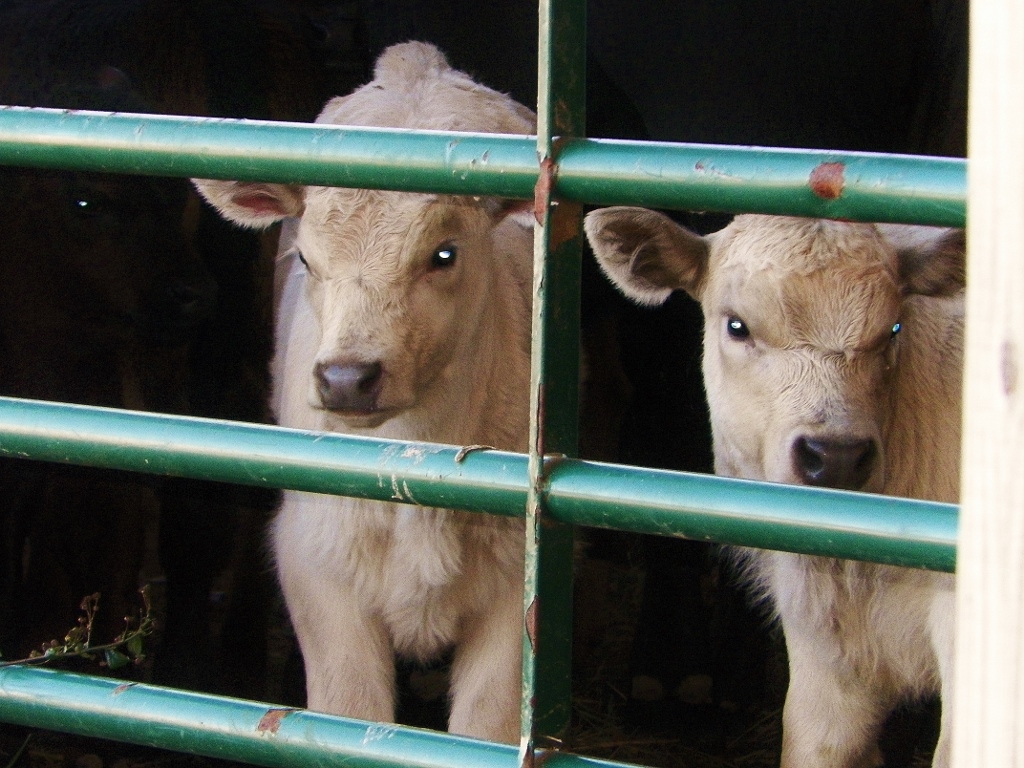
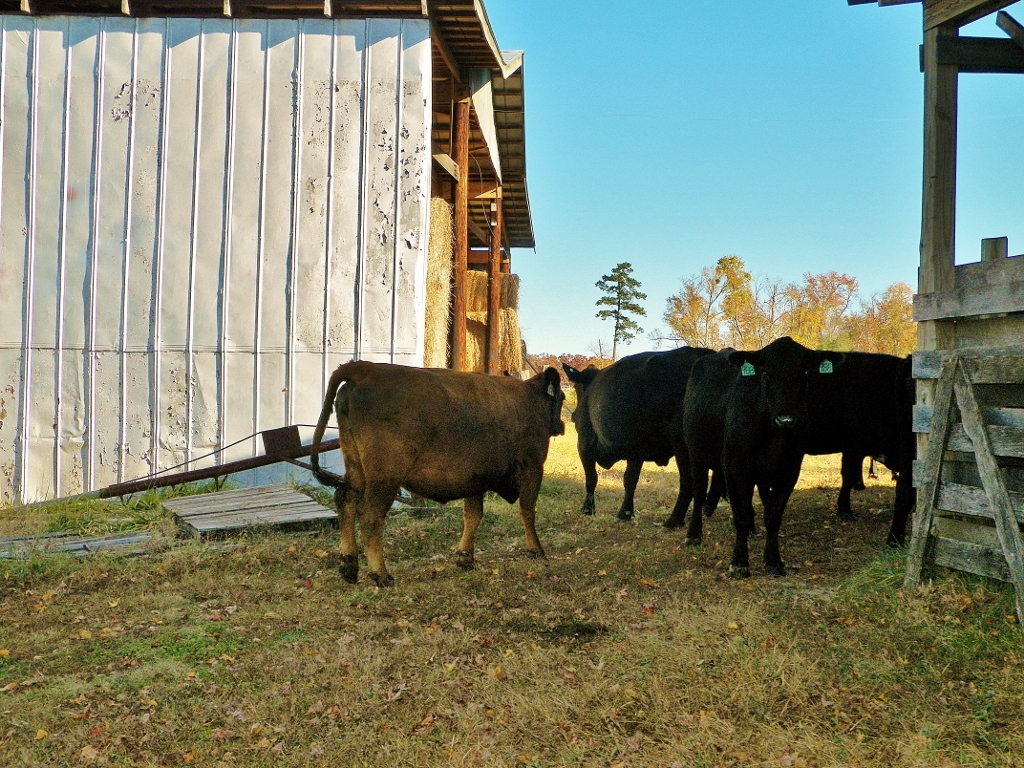
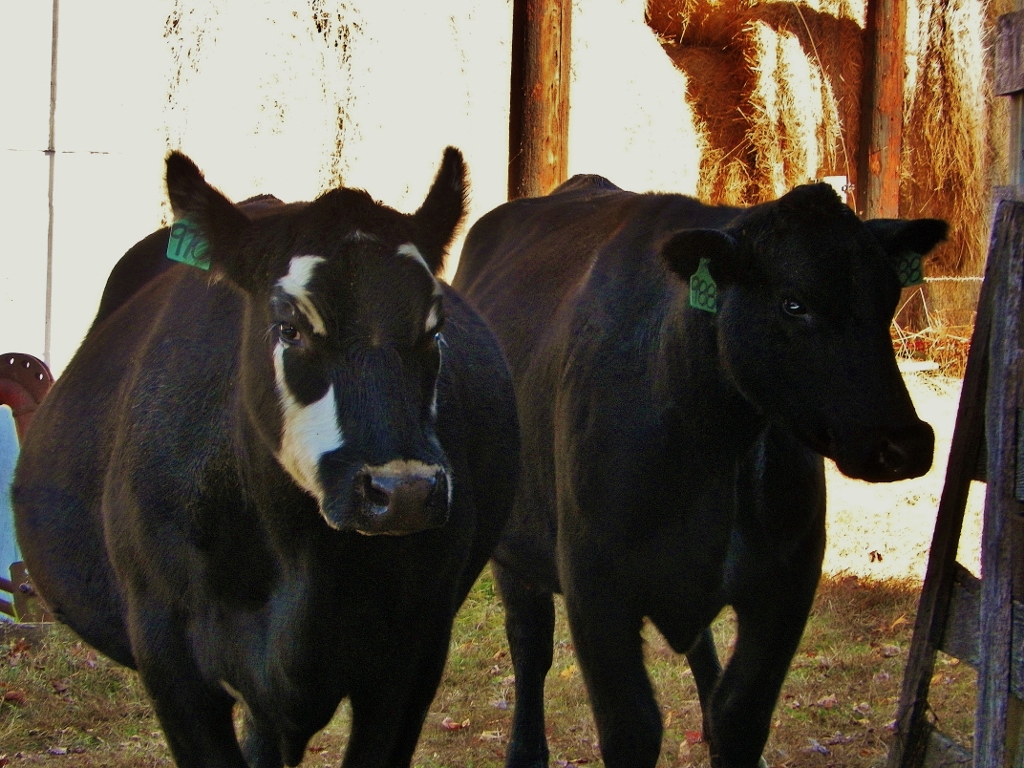

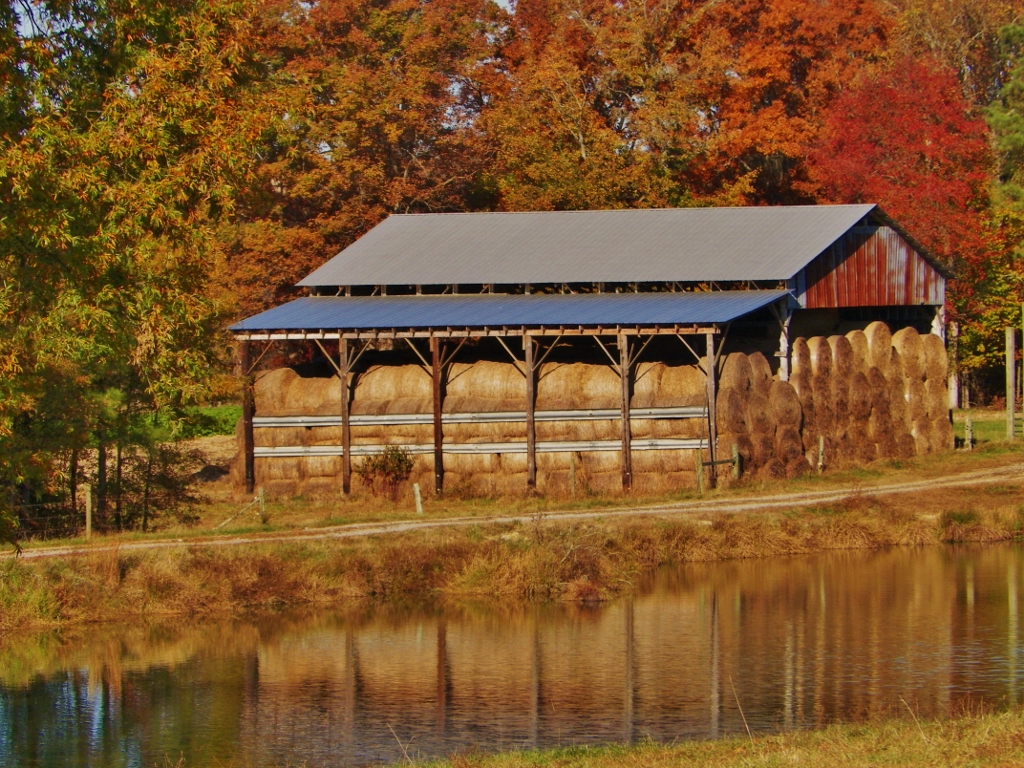
Great article!!!!!!!!
Thank you, and thanks for commenting!